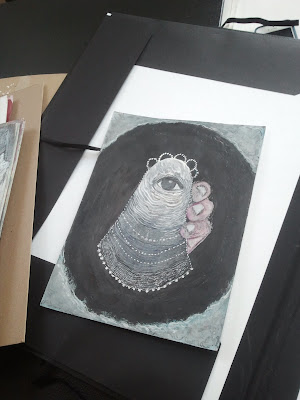TIME SHARE The Photographs of Leah Oates

The power of the photographic image has always been to stop time—to create instant artifacts. But these days, since digital media has overwhelmed the processes by which photographs are made, this original logic seems to have been turned upon its ear. How do we judge a static reality when images are considered as mere samples of perception rather than documents of beauty commingled with truth? It is equally a matter of the photographic image, the objective it depicts, and our approach to it. The photograph, if taken in consideration of static and transitory elements, can be said to share time with reality, because as a document it represents both the actual and the symbolic. The photographs of Leah Oates are meant as documents not of an object frozen in time, but animated by it. Hers is a visual register similar to the literary trope called “stream of consciousness” in which the perspective of the writer--in this case the artist or viewer—creates a fluidic narrative that af...

